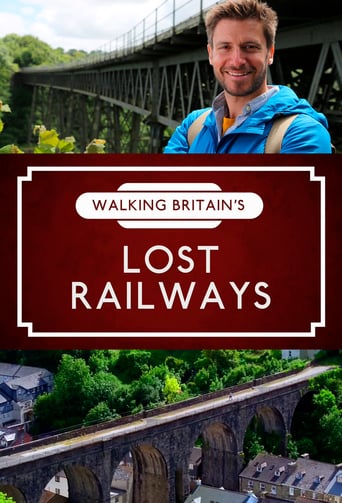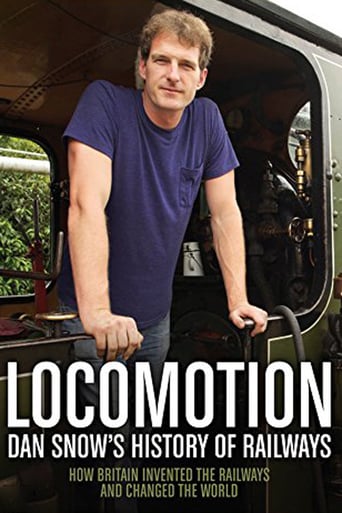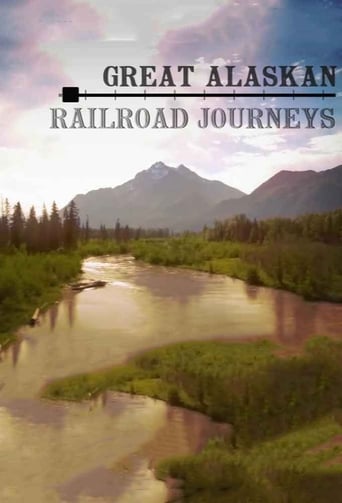Walking Britain's Lost Railways Season 3

Rob Bell explores the lost landscapes and infrastructure of some of Britain's former railway lines. From the 1960's the axe fell on 4,000 miles of Britain's rail network. Now, decades later, Rob Bell is going on journey to uncover those lost railway lines. Every week Rob will explore a different line; experiencing the hidden landscapes, lost infrastructure and forgotten worlds that disappeared when the line closed.
Watch NowWith 30 Day Free Trial!
Walking Britain's Lost Railways
2018

Rob Bell explores the lost landscapes and infrastructure of some of Britain's former railway lines. From the 1960's the axe fell on 4,000 miles of Britain's rail network. Now, decades later, Rob Bell is going on journey to uncover those lost railway lines. Every week Rob will explore a different line; experiencing the hidden landscapes, lost infrastructure and forgotten worlds that disappeared when the line closed.
Watch Trailer
With 30 Day Free Trial!
Walking Britain's Lost Railways Season 3 Full Episode Guide
Rob Bell follows traces the course of the Great Central Railway, the final great line of the Victorian era and the last main line built before the Channel Tunnel rail link more than a century later. Starting near Nottingham, Rob is taken aback by the scale of demolition and excavation needed to build this line through the city. Around Loughborough, Rob catches up with the major project that is now rebuilding bridges and 500 yards of track in order to link two heritage lines and restore a 20-mile section of the old route. He also visits Leicester Central station - once derelict but now set for a new life as a bowling alley.
Starting out from the Regency splendour of Cheltenham, Rob Bell crosses the Cotswolds, following the 46-mile route of the Banbury and Cheltenham Direct Railway. The line passes many quarries, all producing the famous Cotswold stone - some now abandoned and some still supplying stone to sites like Hampton Court. With numerous hills to negotiate, this railway was never an express route, but it did open up this landscape to visitors for the first time. From the late 1800s, tourists piled in by rail to explore picture postcard villages like Bourton-on-the-Water, establishing a new local `industry".
Rob follows an epic 70-mile route along the glorious west coast of Scotland on the Callander and Oban line. Along the route he discovers an underground power station.
Rob Bell discovers the now-abandoned lines that unlocked the wild coastline of north Devon. He begins by following the dramatic Barnstaple and Ilfracombe Railway, which once built, proved an instant success, eventually carrying the glamorous Atlantic Coast Express service, direct from London Waterloo. He crosses to the Lynton and Barnstaple Railway, which traverses the wild terrain of Exmoor up to the cliff-top village of Lynton. Rob follows the adventurous, narrow-gauge route, discovering the extraordinary tale of the line's construction and the very short section that has been fully restored.
Free Trial Channels
Seasons






































